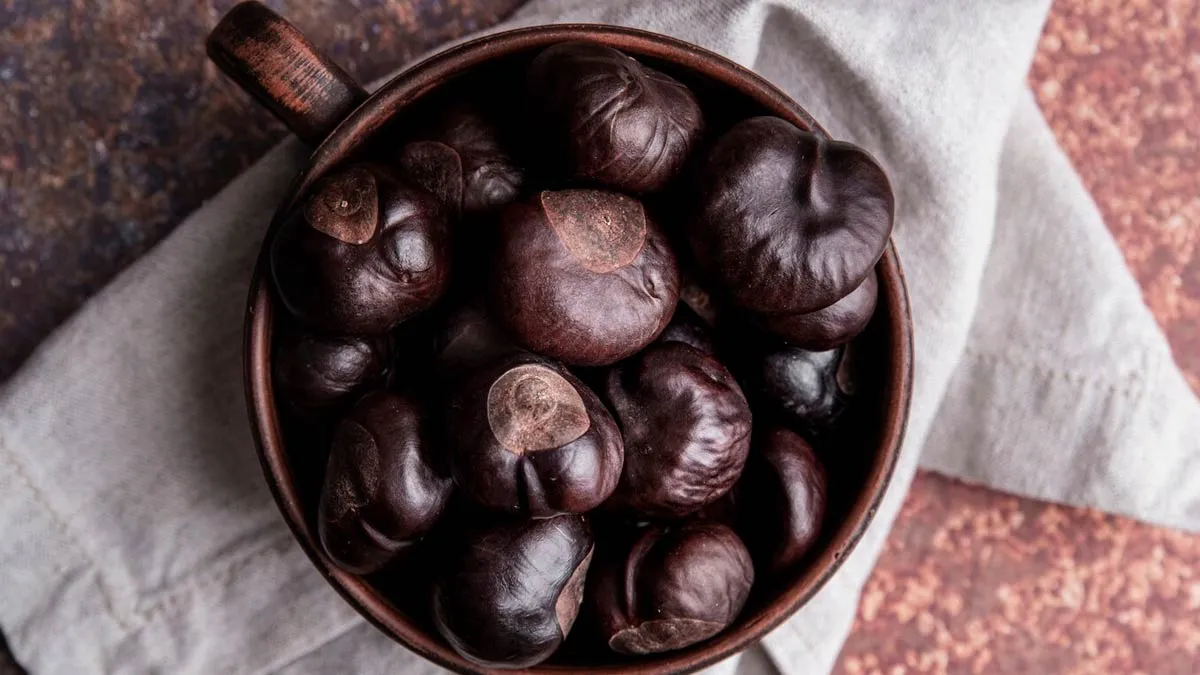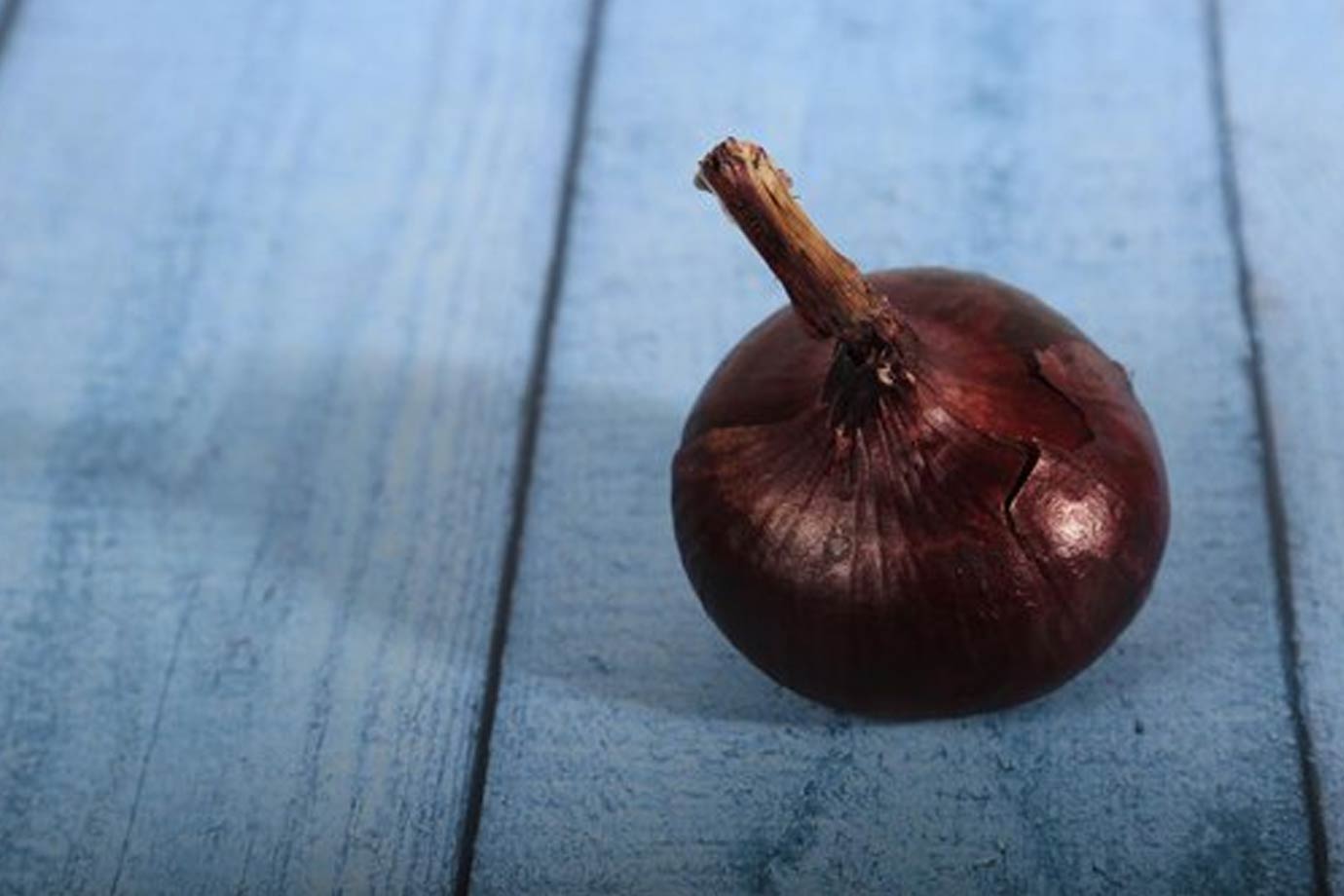
How To Grow Singhara Plant At Home: 8 Tips For Growing Fresh Water Chestnuts
Water chestnuts, or Singhara as they’re popularly known in India, make a tasty and nutritious addition to any dish. These aquatic plants yield small, crisp, and slightly sweet nuts that are a key ingredient in various Asian recipes. If you’ve thought about growing your own water chestnuts, you’re in luck. This guide will walk you through the steps to cultivate this delicious aquatic vegetable right at home.
Supplies Needed To Grow Singhara Plant At Home
Below are the supplies needed to grow Singhara plant at home:
- Singhara bulbs or corms: Get fresh water chestnut corms from a gardening store or local market.
- Containers or large tubs: Choose a tub that can hold 10–12 inches of water, such as a large bucket, plastic container, or kiddie pool.
- Rich soil or garden soil: Water chestnuts thrive in nutrient-rich soil. Standard garden soil is fine, but mixing in clay soil can improve results.
- Water: A steady water supply is crucial, as water chestnuts are aquatic plants.
- Liquid fertiliser or compost: Use organic compost or liquid fertiliser to enrich the soil for optimal growth.
Don't Miss: How To Grow Jasmine Plant: 7 Beginner-Friendly Steps To Beautify Your Garden

How To Grow Singhara Plant At Home
We got in touch with Swaminathan, a local gardener from Dwarka, who shared his tips for growing singhara plants at home:

1. Choose a large container, at least 10–12 inches deep, to hold both soil and water since water chestnuts are aquatic plants. Add around 6–8 inches of dense garden soil, with clay or loamy soil preferred for its water-retention qualities.
2. Place the singhara corms on the soil, leaving about 4–5 inches of space between each one, and position the pointed ends upward. Cover with an extra 1–2 inches of soil, gently patting to secure them in place.
3. Fill the container with water until it’s around 4–5 inches above the soil level, ensuring the plants remain submerged. Top up the water as needed to maintain this depth.
4. Position the container where it will receive 6–8 hours of sunlight each day, as water chestnuts thrive in warm, sunny spots for healthy growth.
5. Add liquid fertiliser or compost to the soil or water after a few weeks to encourage growth, repeating this every 3–4 weeks. Be careful not to over-fertilise to prevent algae buildup.
6. Keep an eye on the water level, especially in warmer weather, and replenish as needed to keep the plants underwater. If algae appear, skim it off the surface gently using a small net.
Don't Miss: How To Take Care Of Creeper Plants: A Complete Guide
7. Over the growing season, the plants will sprout long, grass-like stems above the water. Singhara plants typically take 6–7 months to mature. As they reach maturity, the green leaves will gradually turn brown, indicating they’re ready for harvest, usually in late autumn or early winter.
8. Once the leaves turn yellow or brown, gently pull the plants out of the soil, rinse off any dirt, and separate the water chestnuts from the roots.
Keep reading Herzindagi for more such stories.
Credits: Freepik
Also watch this video
Herzindagi video